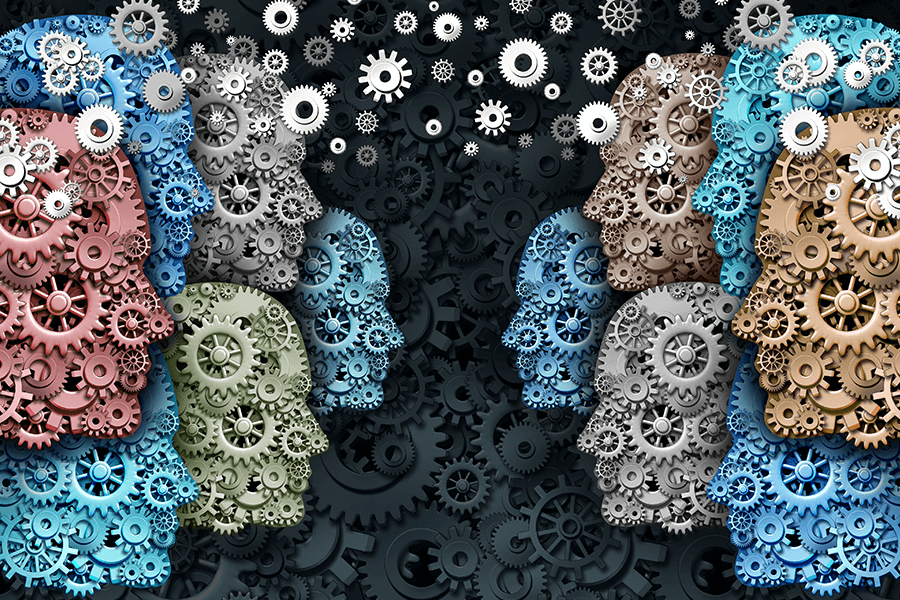How can citizens contribute to the science and practice of public health?

DATE
TYPE Prevention Centre News
Does the power of knowledge change if 100,000 people are involved in answering the same research question? Researchers in public health are hoping so.
Every year, volunteers from all over the world contribute millions of hours to science. Right now, people are sitting at home on their computers helping to map the connections in the brain, discover stars and galaxies, and identify new species of animals and plants. Others are outside, in parks, on beaches and around their neighbourhoods, taking photographs of fish, insects, birds and reptiles, testing the quality of the air and water, and measuring levels of noise pollution.
These ‘citizen scientists’ have enabled the collection and analysis of data at volumes that professional scientists alone simply do not have the capacity to achieve.
For example, in the area of conservation, one project looking at the impact of non-native predatory fish on native fish, engaged over 250 volunteers to collect data over the course of a year. The contribution of these citizens amounted to 3,840 hours of volunteer time, or the equivalent of $30,720 in salary costs.
A study of the value of citizen contributions to biodiversity research estimated that across nearly 400 projects surveyed, between 1.36 million and 2.28 million people volunteered annually, with each person spending, on average, between 21 and 24 hours collecting data. The value of this contribution was estimated to be around U$667 million to US$2.5 billion annually.
However, citizen science is about much more than simply providing scientists with more data. Citizens have contributed new insights to problems and brought about policy change in conservation, health and environmental planning.
When the citizens of Flint, Michigan, were getting nowhere with the authorities after they voiced their concerns over the quality their drinking water in 2014, they approached a group of researchers from Virginia Tech (VT) help them to prove that there were a problem that needed to be acted upon. The researchers gave residents water test kits to test for toxins in the water. The results of what came to be known as the Flint Water Study found high lead levels in the water, ultimately resulting in federal action to address the problem.
Public health has a long tradition of engaging with communities to undertake research that leads to action for better health. But are we really tapping into the full potential of citizens to contribute to the science and practice of public health?
Opportunities for citizen science in public health
Imagine what would be possible if as many people currently involved in counting birds, fish, and galaxies were involved in citizen science projects for public health. Consider, for example, thousands of citizens engaged in recording details about whether they have access to healthy food and safe places to live, work and play. This might include capturing and/or analysing photographs of public spaces to identify the presence (or lack of) places to exercise, purchase healthy food, and walk safely, or capturing data on the implementation of public policies such as smoking bans or responsible service of alcohol.
Through our work with The Australian Prevention Partnership Centre, we are partnering with the Australian Breastfeeding Association and South Western Sydney Local Health District Health Promotion Service to assess the availability (or lack of) support for mothers to continue to breastfeed or express breast milk at work.
While there is strong evidence for the importance of breastfeeding, and as many as 96% of Australian mothers start breastfeeding, only 39% of babies are exclusively breastfed at 3 months, further dropping to 15% at 5 months.
A key barrier to continued breastfeeding for mothers who return to work is the absence of facilities where they are able to either breastfeed or express and store breastmilk. To date little is known about the extent to which supportive environments are provided for women wishing to continue to breastfeed on their return to work, and gaining access to this data can be challenging.
Within this project, we plan to use citizen science to engage members of the public who will be able to provide photographs of where women are able to breastfeed or express breastmilk at work. Photos will be analysed by the researchers, and selected photos will be posted on social media to stimulate discussion about workplace support for breastfeeding. The data we collect will inform the support that our partners provide.
One of the things our project hopes to do is demonstrate the feasibility of using citizen science for public health. We believe engaging the power of citizens will have a whole range of benefits. A main advantage would be greater access to data about the scope and nature of a problem and the possible solutions, so we can inform decision making. The benefit of data collected by citizen scientists is not just that the large quantities, but that we would have access to data that would otherwise be extremely difficult to obtain.
Providing different perspectives and enabling action
Citizen science can also provide different perspectives on problems and solutions. Through engaging with citizens to collect data, we can tap into the perspectives of the communities in question and identify the features of their environments that they see as being important to health. This might throw up things that we hadn’t previously thought of and enable action to be tailored to the needs identified by community members themselves.
Despite the fact that we (mostly) know what needs to be done to prevent chronic disease, many effective solutions are not implemented in practice. An often-quoted statistic is that it takes 17 years from discovery of an effective treatment or intervention through to implementation, with lots of drop off along the way (Institute of Medicine, 2001). Through engaging members of the public in citizen science and working closely with key stakeholders who can implement change, there’s the potential to drive action and enable effective programs and policies to be implemented more quickly. We would also get feedback on whether and how programs and policies are actually being implemented in practice so that we can adapt and change to be responsive to the needs of our citizens.
Action to bring about change in public health often requires public demand (or at least acceptance) of the problem and the solution. Public health interventions, particularly those that include regulation or restriction, are often contested within public and political discourse, with ‘nanny state’ being a frequent criticism. By engaging people in the science of public health we hope to change the discourse around public health interventions by creating grass-roots demand for effective action.
Enabling citizens to be the eyes, ears and minds of public health will have positive benefits for public health science and practice, and ultimately for the health and wellbeing of our citizens. The time is ripe to harness the opportunities that citizen science provides for public health.
Read more
- If you would like more information about the study or want to take part you can do so here or on Facebook here. Anyone who has a workplace can take part. You don’t need to be a breastfeeding mum.
- If you want to know more about this approach or have ideas about how to use this in your own work, or if you know of any good examples of people using these kinds of approaches in public health, we would love to hear from you. Please email Professor Penny Hawe ([email protected]) or Ms Leah Marks ([email protected])
- Read a news story about the project here
- Read our recent journal article on the potential of citizen science for population health here
- Visit the Australian Citizen Science Association website.



